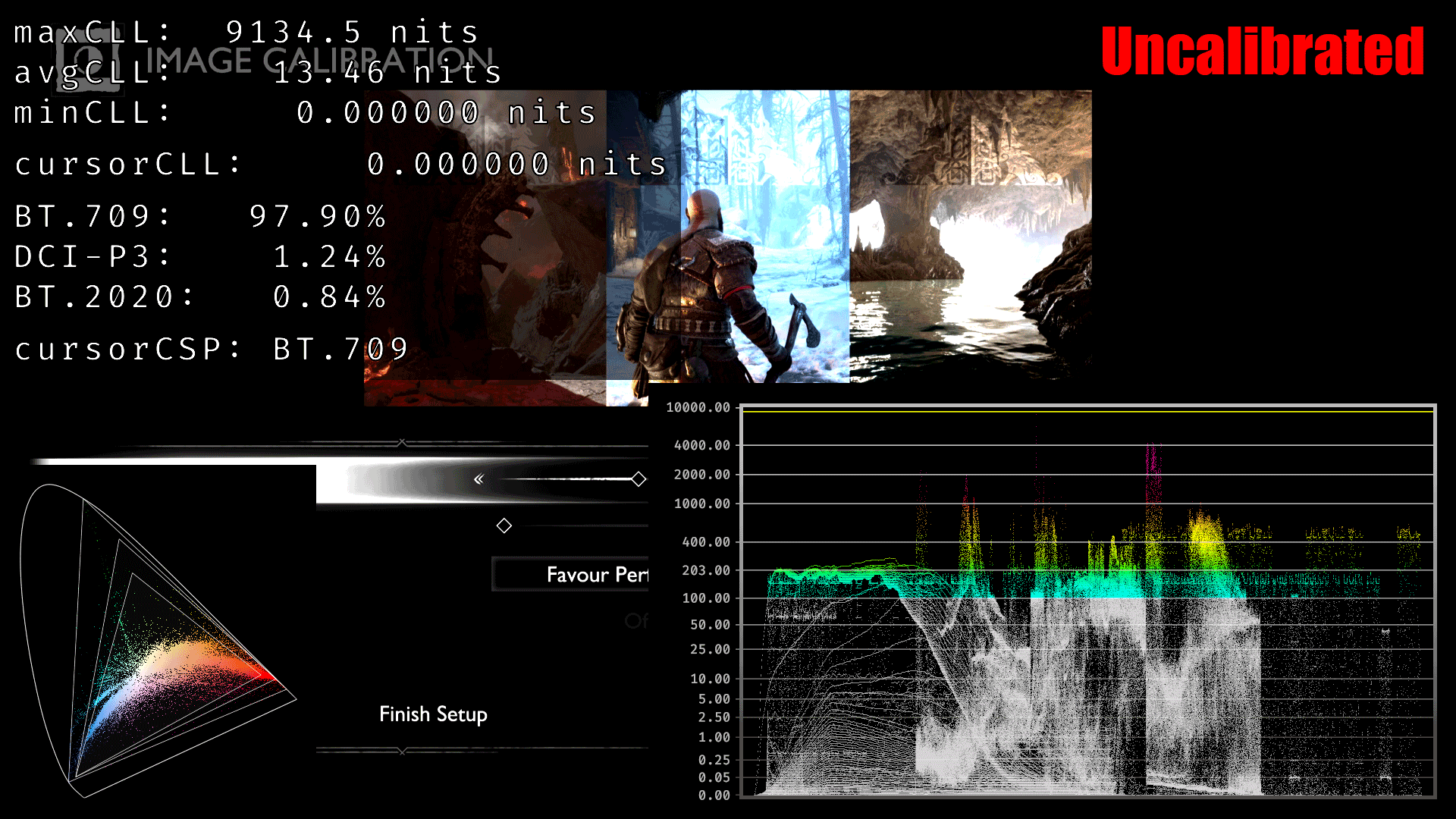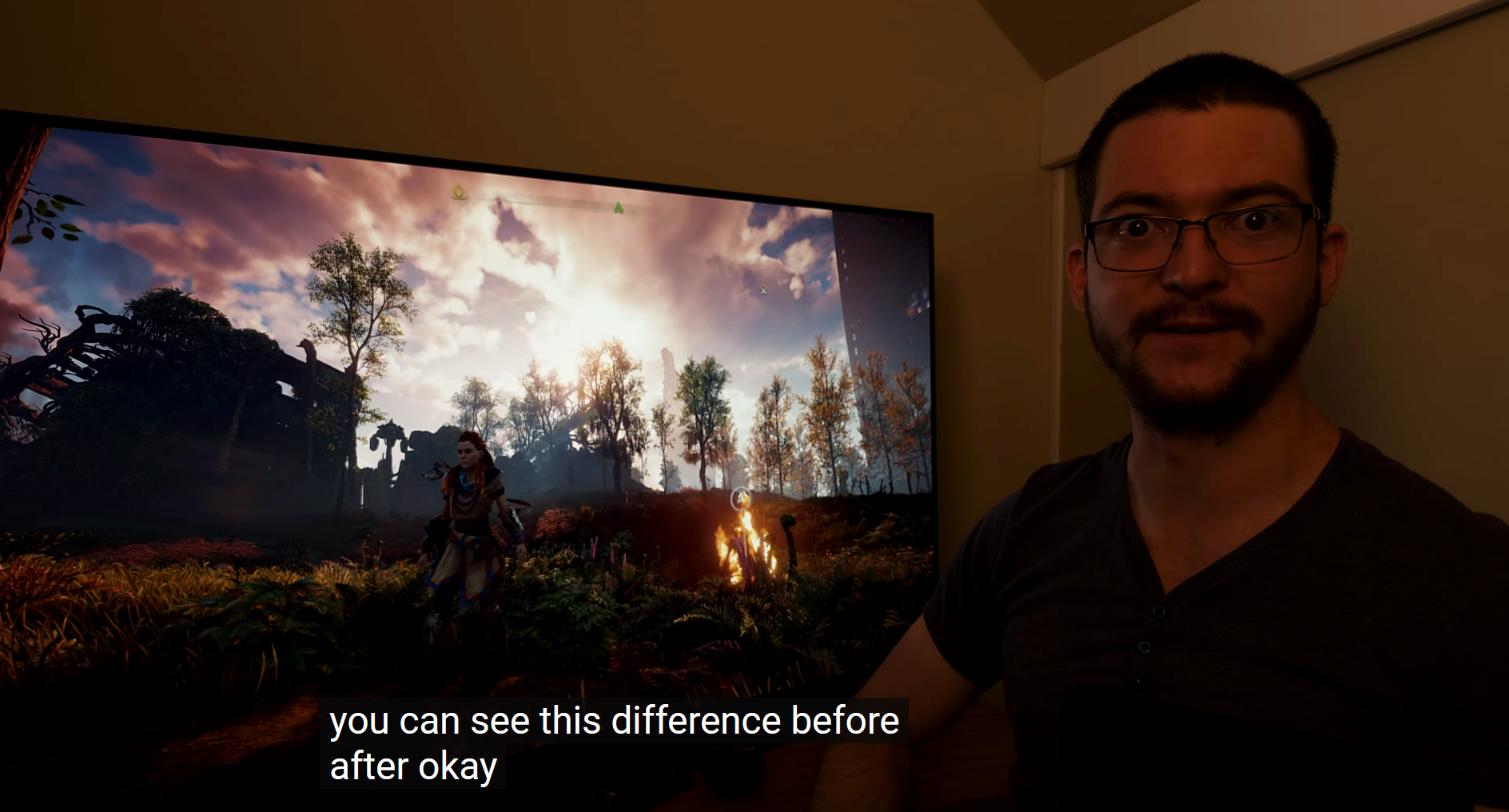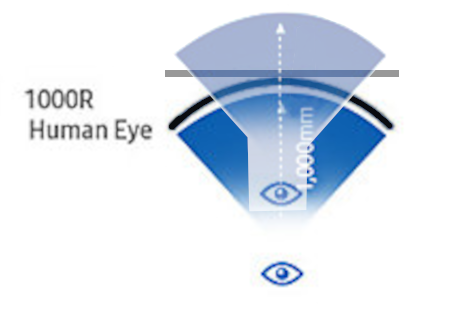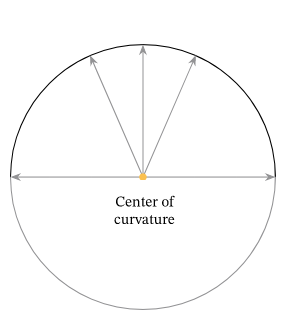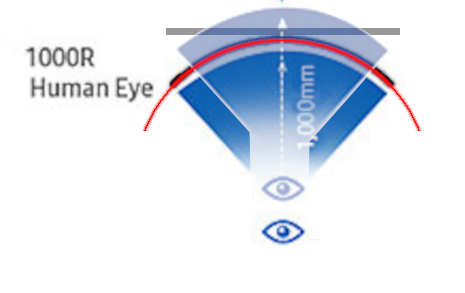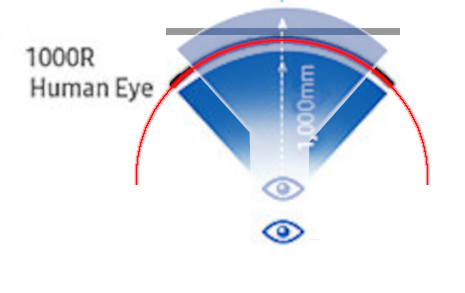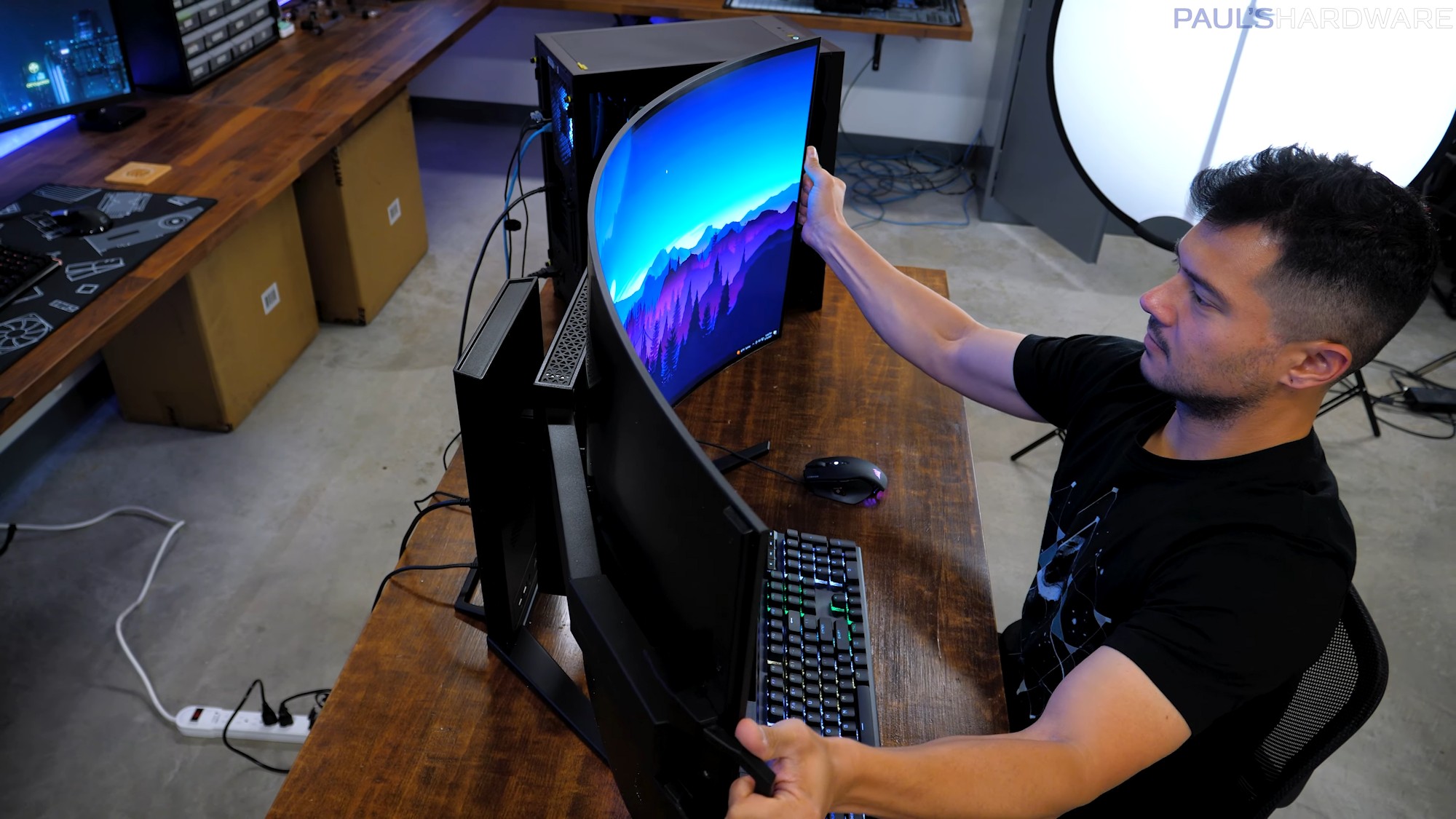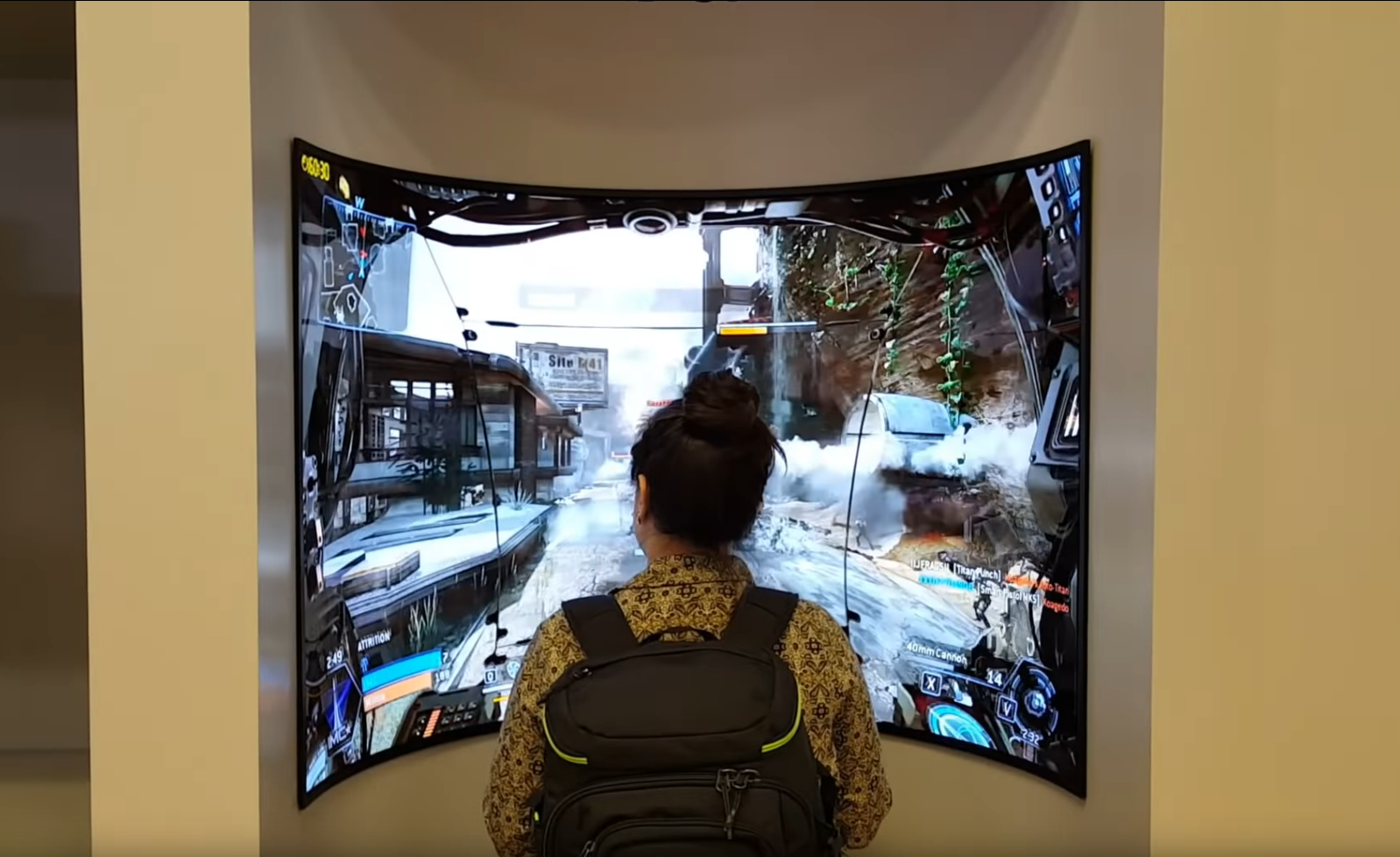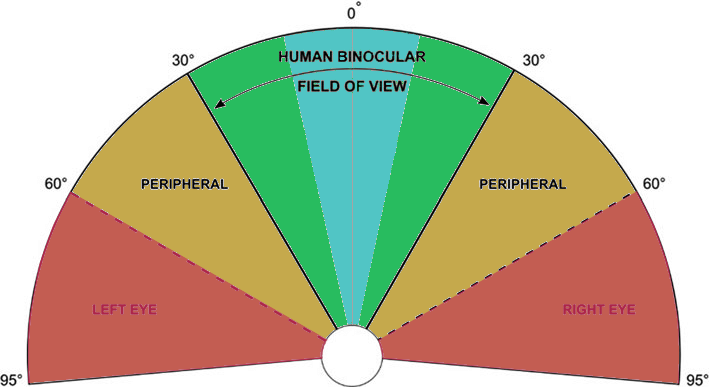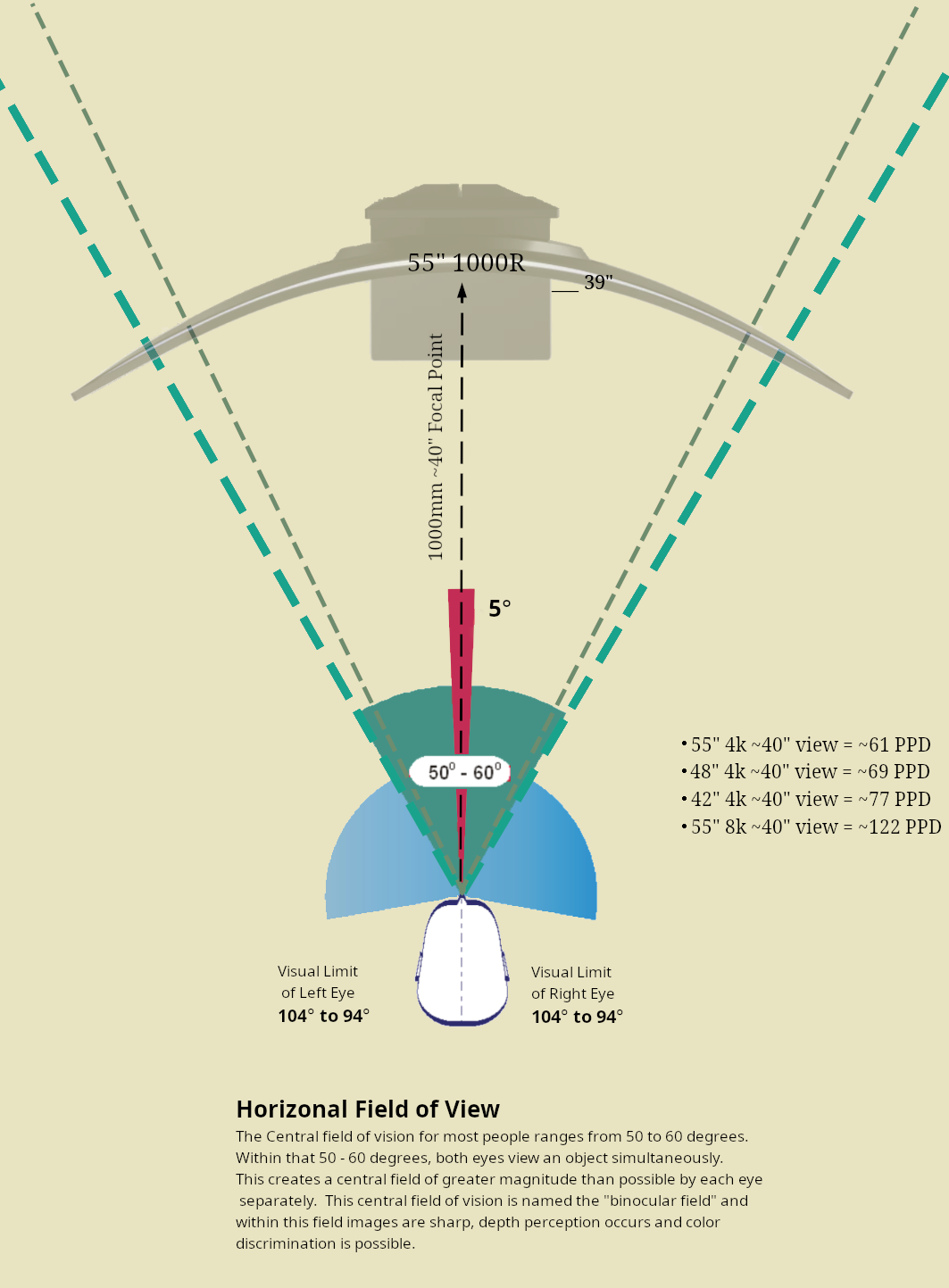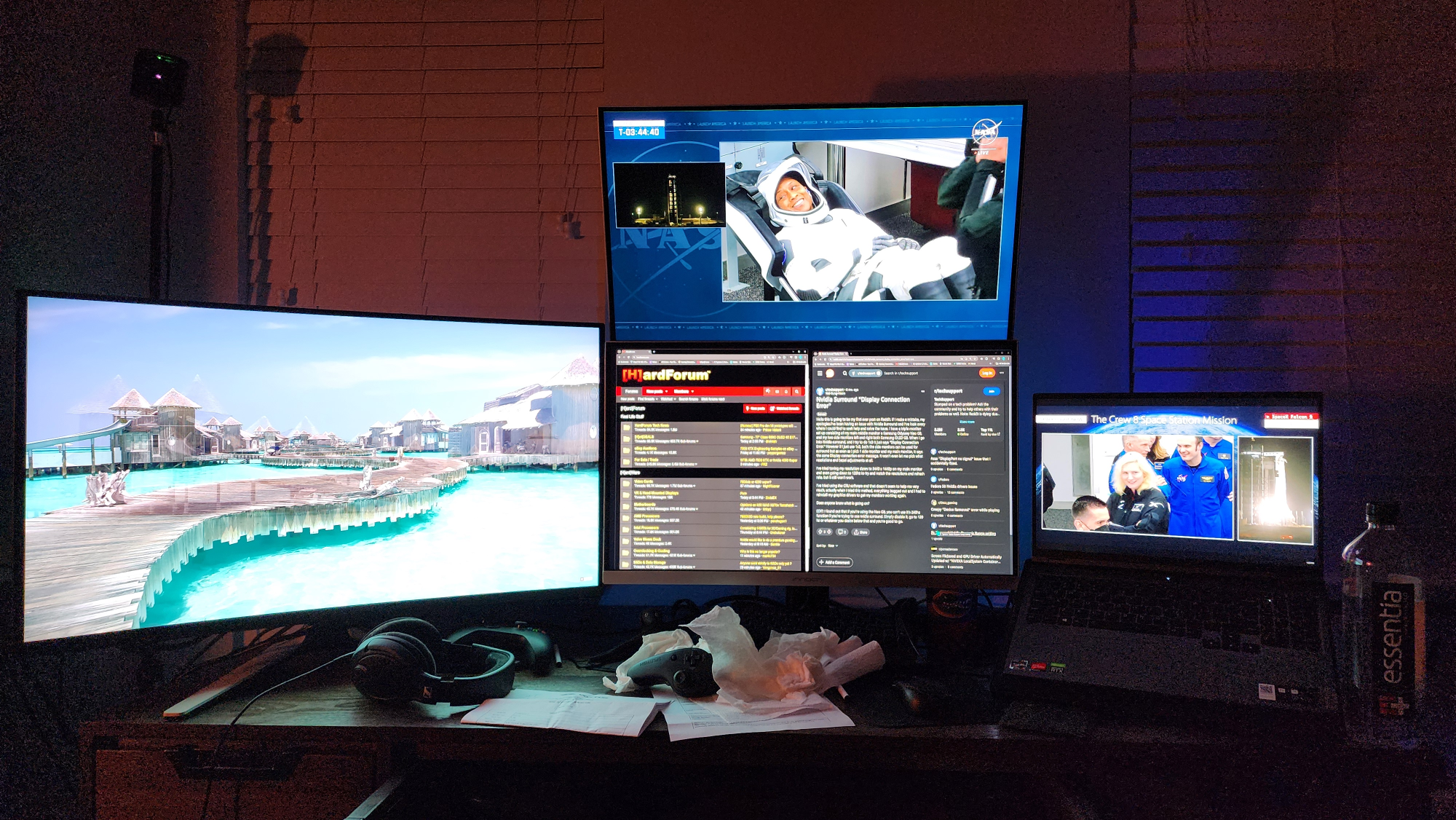So i got 5120x2160 working on the monitor. Works well, Blbut I feel like its too much space sacrificed on the sides.
Is there a middle ground between 5120 and the native 7680 that I can try?
I thought that it did not allow custom resolutions because of the DSC or are you perhaps using and AMD GPU?
![[H]ard|Forum](/styles/hardforum/xenforo/logo_dark.png)
